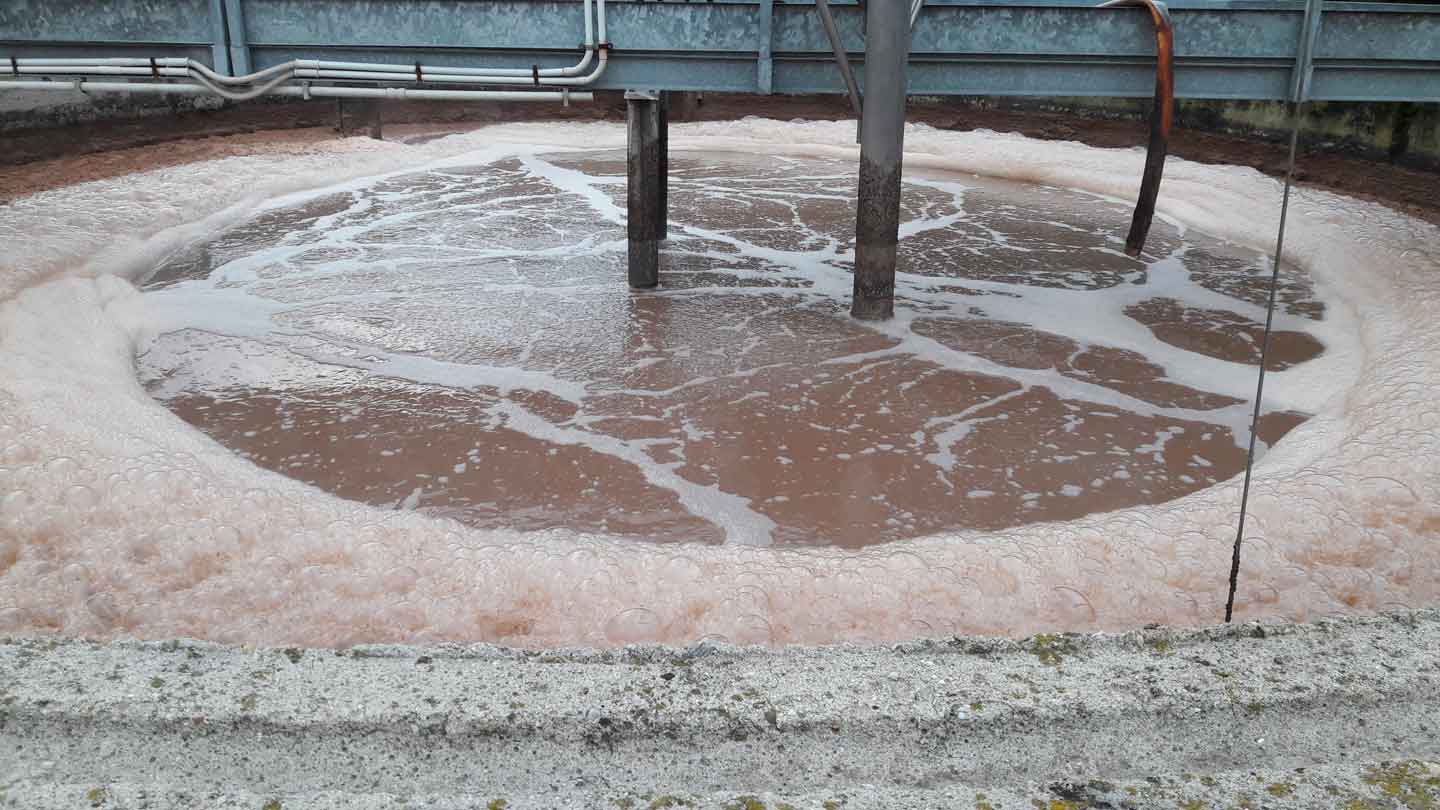
Active Sludge Purifier
The activated sludge purifier is particularly suitable for the treatment of civil water or industrial water where there is a sufficient COD/BOD5 ratio for the activation and maintenance of the purification process.
COD represents the oxygen demand to chemically oxidize pollutants, while BOD5 is the oxygen demand of microorganisms for the oxidation of organic matter.
Waters that possess an adequate COD/BOD5 ratio can be treated using autotrophic bacteria in an aerobic environment, which feed on organic carbon. Pollutant molecules are degraded through the chemical reactions that are created.
The functions of the aerobic bacteria are carried out in the nitrification or biological oxidation tank.
Plates are placed at the bottom of the tank that insufflate air or oxygen with the help of a blower or compressor (depending on the liquid head).
Often the effluent also contains high amounts of ammonia nit rogen and nitrous nitrogen, which must be degraded separately as they require anaerobic-type bacteria working in the denitrification tank.

How an Active Sludge Purifier Works
The life cycle of activated sludge is dependent on the activation, growth, and death phases of bacteria, the environment of which is made favorable by the inclusion of oxygen or air in the tank (in the case of the oxidation basin).
Following the Purification plant, which consists of tanks with chamfered inner corners to facilitate the maintenance process, there is always a secondary sedimenter, i.e., decanter or MBR membranes, whose function is to separate the purified water from the sludge.
The limpid may be sent to discharge, while the sludge will be sent for mineralization and subsequent thickening and dewatering.
The activated sludge purifier is thus a treatment by which wastewater can be purified without the need for chemical dosing, contracting costs for the enterprise and environmental impact.
Coind plants make it possible to maintain continuous monitoring of the oxygen level, which is vital for the activity of autotrophic bacteria and for the functionality of the Activated Sludge Purification process.

